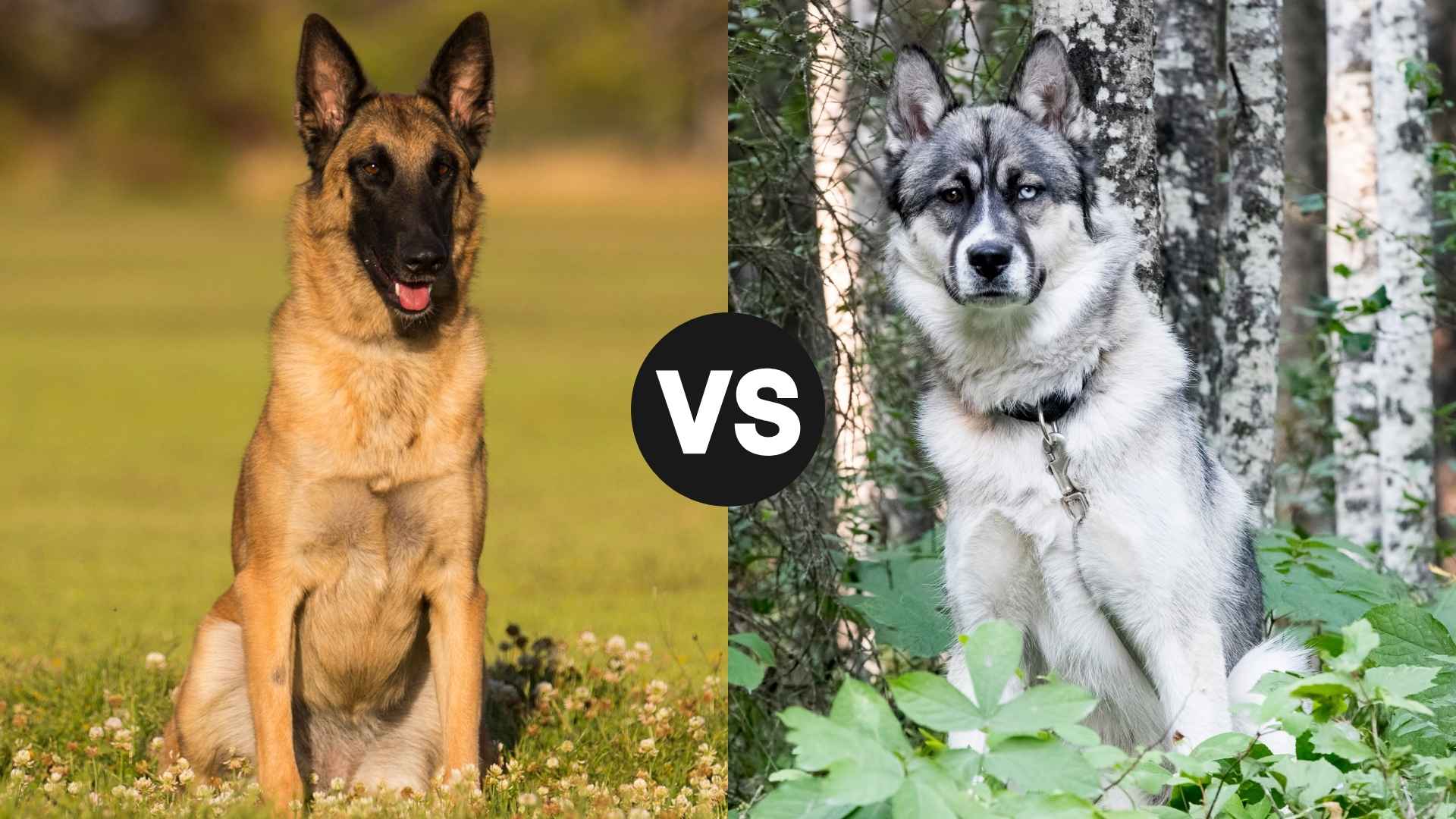Choosing between the Belgian Malinois and the Alaskan Malamute is no small decision—these two majestic breeds are as different as they are devoted.
The Belgian Malinois is a confident, intelligent, and incredibly hard-working dog that thrives with an active, experienced owner. Bred for herding and known for their work in police and military roles, Malinois dogs need purpose, structure, and plenty of physical and mental stimulation.
On the other hand, the Alaskan Malamute is a playful, affectionate, and powerful arctic breed with a heart as big as its frame. These loyal sled dogs were originally used for pulling heavy loads and scaring off polar bears—but today, they’re beloved family pets known for their strength and spirited personality.
If you’re stuck between the two, don’t worry—we’ll break down everything from temperament to lifestyle needs to help you decide which one is the perfect fit for your home.
Belgian Malinois vs. Alaskan Malamute
The Belgian Malinois is a highly intelligent, agile, and driven dog originally bred for herding in the city of Malines, Belgium. As one of four Belgian shepherd varieties, Malinois was developed in the 1800s with a focus on work ethic and protection. Today, their sharp instincts and trainability make them standout performers in police work, search and rescue, and military operations.
The American Kennel Club (AKC) describes this breed as “confident, smart, hardworking”. These dogs thrive in active households where they’re given jobs to do. With their strong need for purpose, Malinois are best suited for experienced dog owners who can match their energy and mental needs.
As noted by Britannica, the Alaskan Malamute is a powerful and loyal sled dog with roots tracing back to the native Mahlemut tribe of Alaska. Known for their strength and endurance, Malamutes helped hunt seals, haul heavy freight, and even assist on Antarctic expeditions. They’re distinguished by their thick double coat, upright ears, and signature cap-like markings.
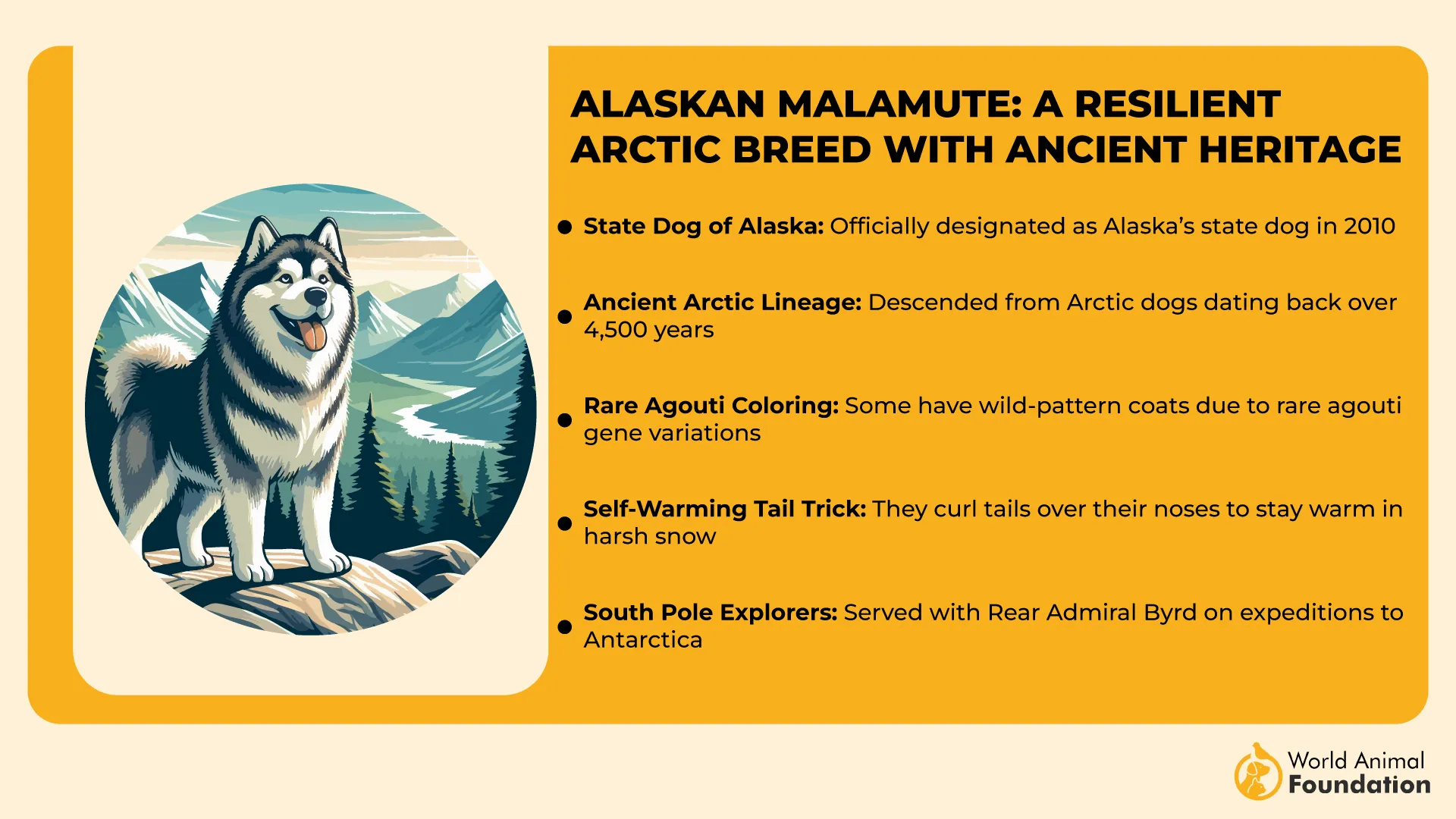
While once essential to Arctic survival, modern Malamutes are cherished as affectionate, family-friendly companions with plenty of energy to spare. Unlike the high-strung Malinois, Malamutes (or Mals) lean more toward playful loyalty than constant work, but still require regular exercise and firm guidance to thrive.
Visual Characteristics
The Belgian Malinois is a well-proportioned, athletic dog with a square build and a strong, muscular frame. Males typically stand 24–26 inches tall and weigh between 60–80 pounds, while females measure 22–24 inches and weigh 40–60 pounds.
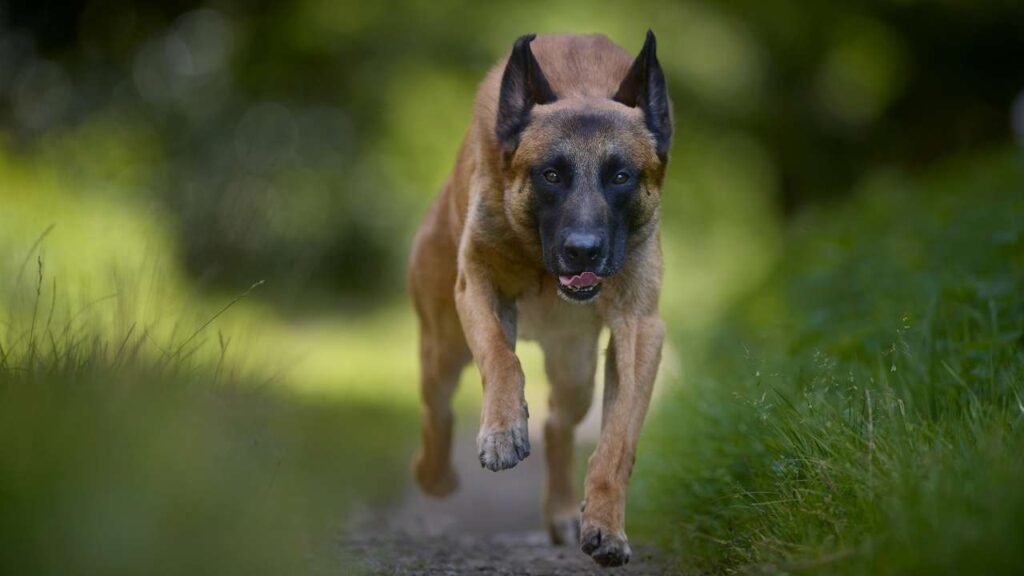
Their short, dense coat ranges from yellowish brown to deep mahogany, often tipped with black, and their black mask and black-tipped ears easily recognize them. With their upright posture, alert expression, and agile movement, Malinois exude strength, stamina, and readiness—traits that make them ideal working dogs for police and military use.
The Alaskan Malamute is a large, powerful dog with a broad head, erect triangular ears, and deep brown eyes that give them a warm, expressive look. Males typically stand 23–25 inches tall and weigh 75–85 pounds. Their thick double coat—made of a woolly underlayer and an oily guard coat—comes in shades of gray, sable, red, or black with distinct white markings on the underbody, legs, and face.
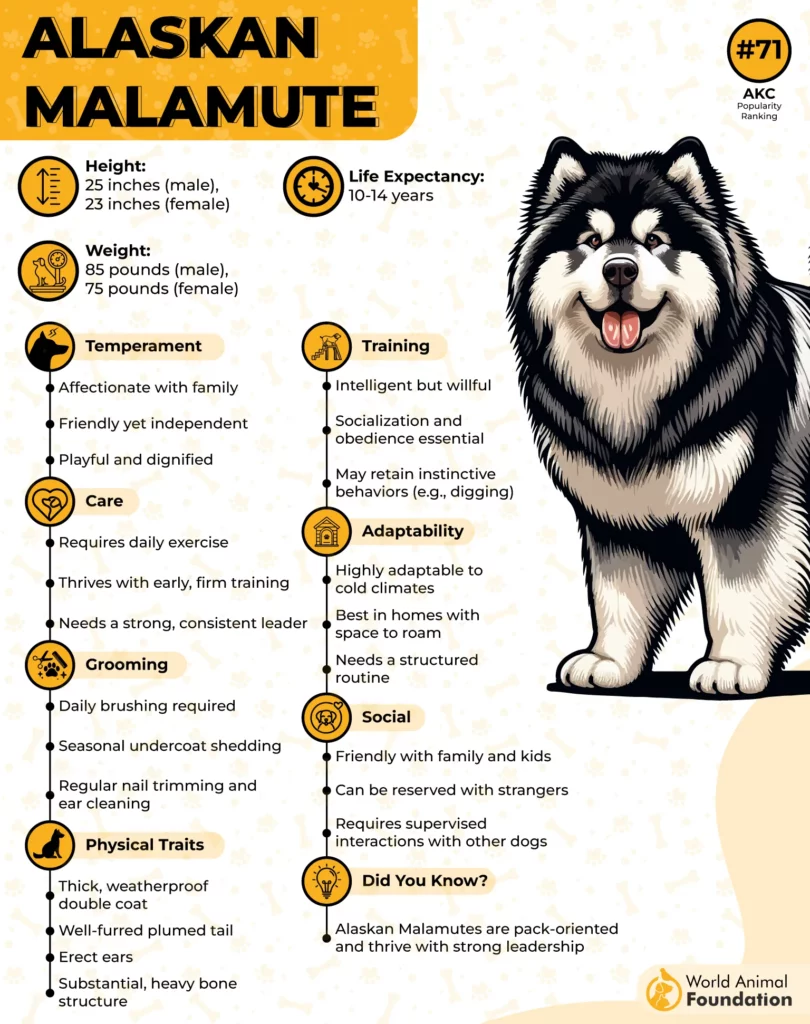
Malamutes often have a signature cap over their head and may feature a bar or mask on the face. Their large, bushy tails curl over their backs, and in cold weather, they instinctively cover their noses with them for warmth—a testament to their Arctic heritage.
Personality and Temperament
The Belgian Malinois is highly intelligent, driven, and energetic. It excels in roles requiring focus and discipline, such as protection and watchdog duties. While generally playful and alert, this breed needs an experienced owner who can provide structured training and daily mental and physical stimulation. Malinois can get along with other animals but are often reserved around strangers. Due to their intensity and strength, they’re not ideal for homes with small children, seniors, or inexperienced dog owners.
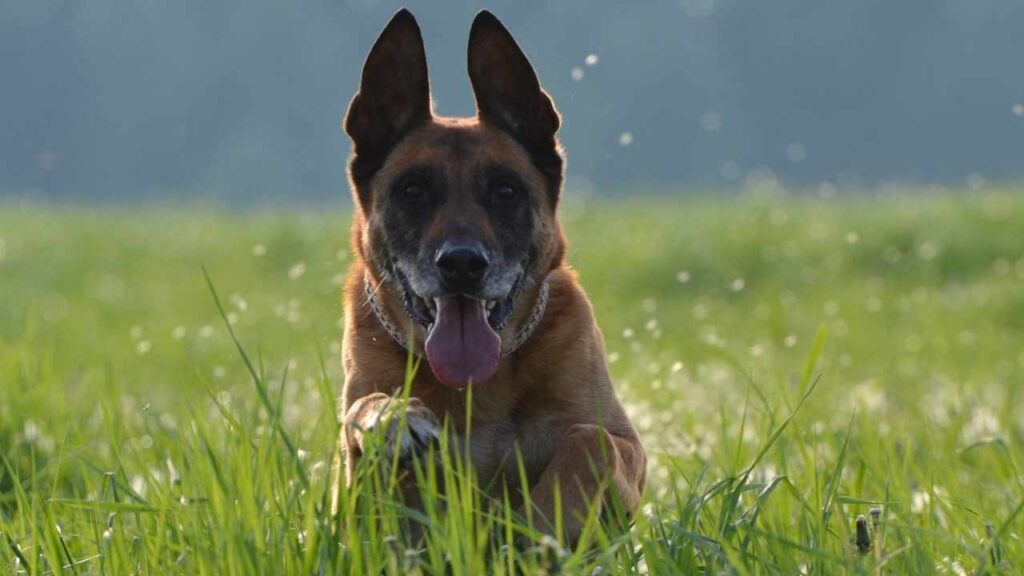
The Alaskan Malamute is powerful, independent, and affectionate, known for its playful and mischievous nature. While not naturally protective, it is friendly with family and visitors, but can be territorial with other dogs. Strong leadership and consistent training are essential due to its size and willful personality. Without enough activity or attention, it may resort to digging or howling. Its strength and bold temperament make it better suited to owners who can provide firm guidance and supervision.
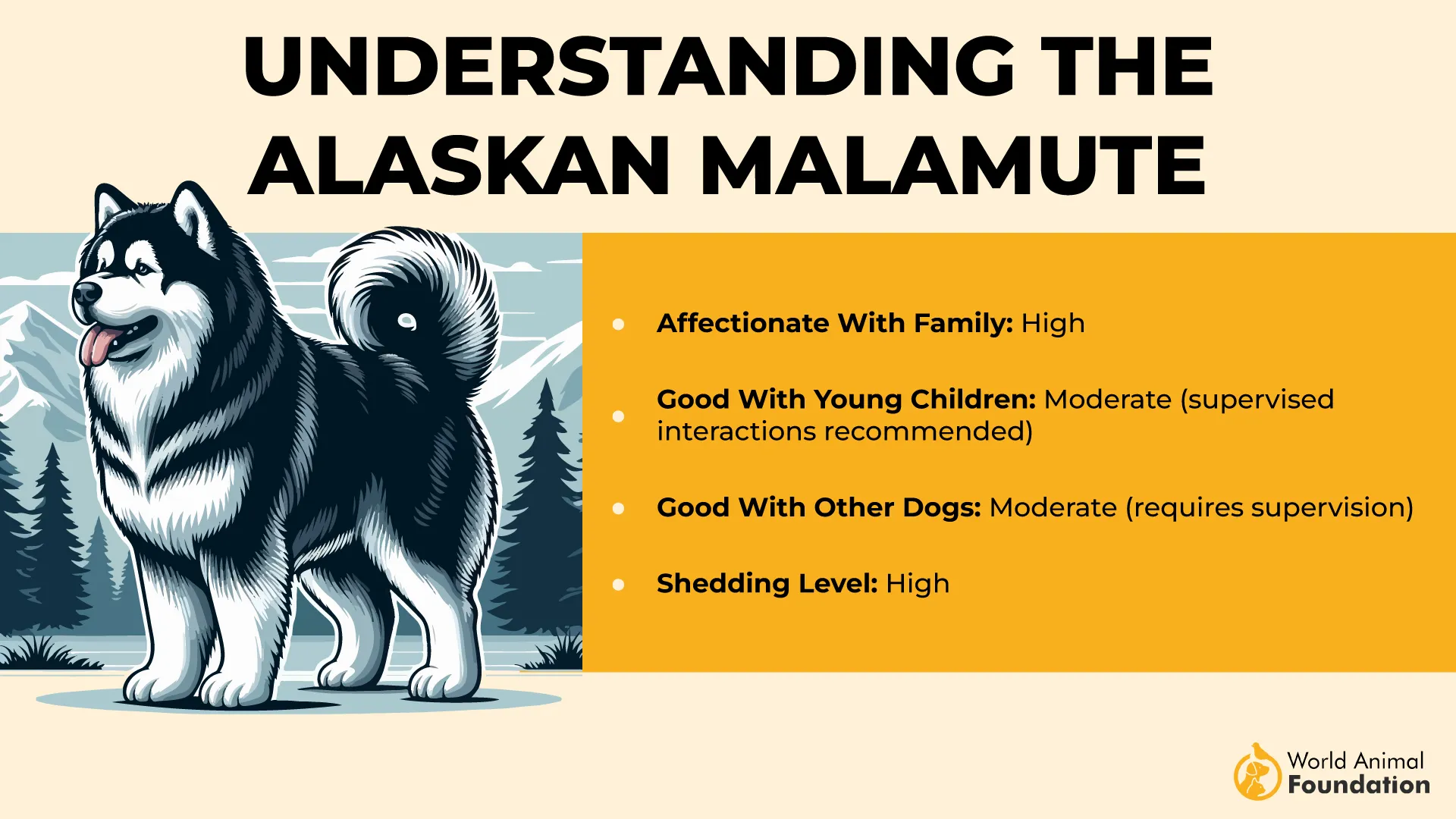
Exercise and Activity Needs
The Belgian Malinois is a high-energy, work-driven breed that requires several hours of vigorous exercise and mental stimulation every day. Ideal activities include agility, herding, retrieving, and jumping—anything that taps into their intelligence and physical capabilities. This breed thrives in structured training programs like Schutzhund, French Ring Sport, and dock diving.
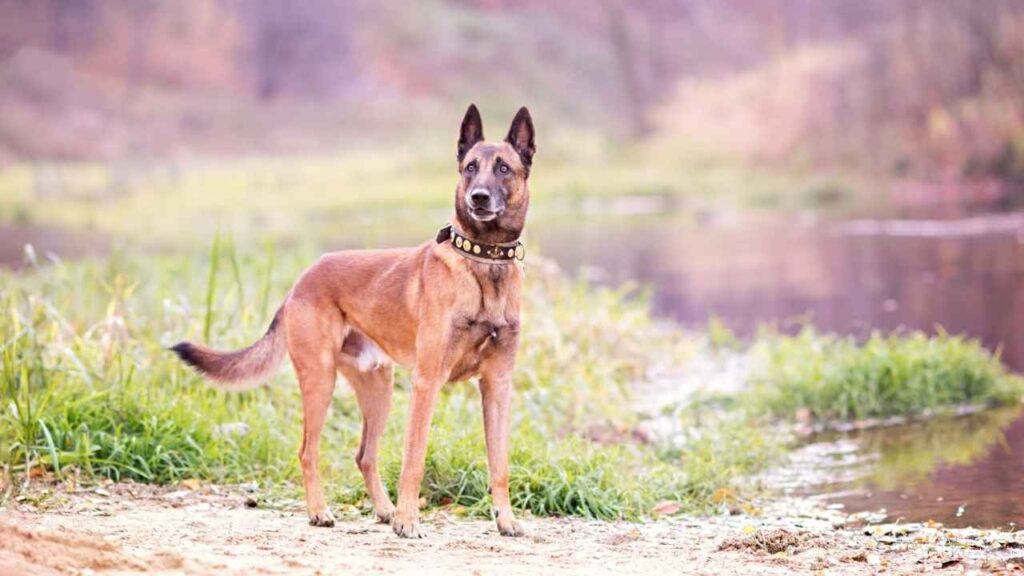
Without consistent training and activity, Malinois can become restless, destructive, and difficult to manage, especially when young. They also need secure, high fencing due to their athleticism and potential to leap or escape enclosures.
The Alaskan Malamute may not be built for speed, but it’s certainly built for strength and endurance. These powerful dogs need daily exercise that engages both body and mind—think long hikes, swimming, running, or vigorous play in a safely fenced area, states WebMD.
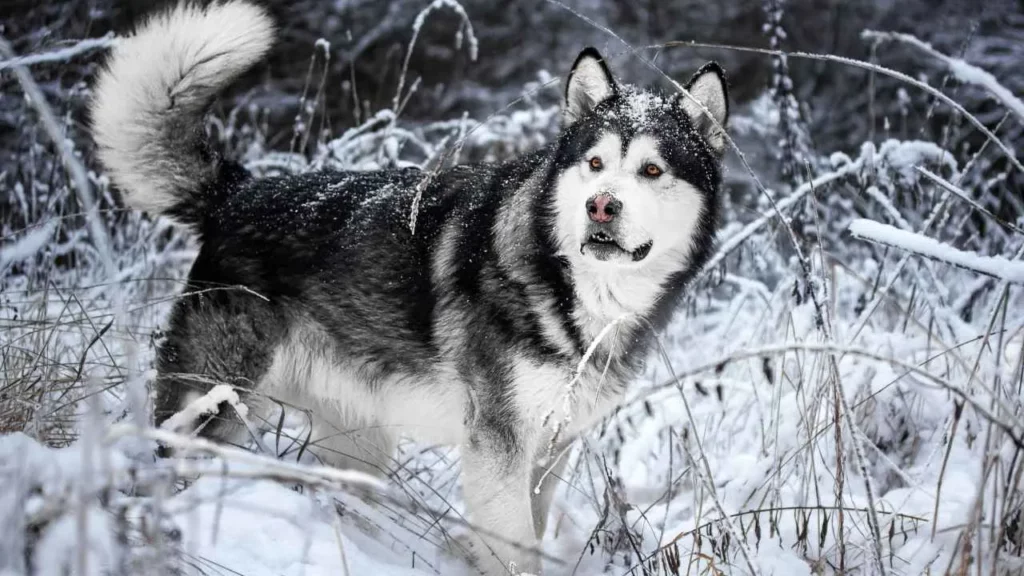
Originally bred to pull heavy sleds, Malamutes excel in weight-pulling, recreational sledding, and skijoring. They can also take part in agility, obedience, and backpacking activities. However, their independent streak means they may not always come when called, so secure outdoor spaces are essential. Without enough exercise, they may dig, howl, or become escape artists in search of stimulation.
Training and Intelligence
The Belgian Malinois is a highly intelligent breed and excels in obedience, agility, and protection work. Their strong prey drive and chase instincts require early, ongoing training to prevent unwanted behaviors. Daily sessions that combine mental and physical challenges are key. Early socialization is equally important for developing confidence and control of reactivity. Without structure and purpose, they may become anxious or destructive.
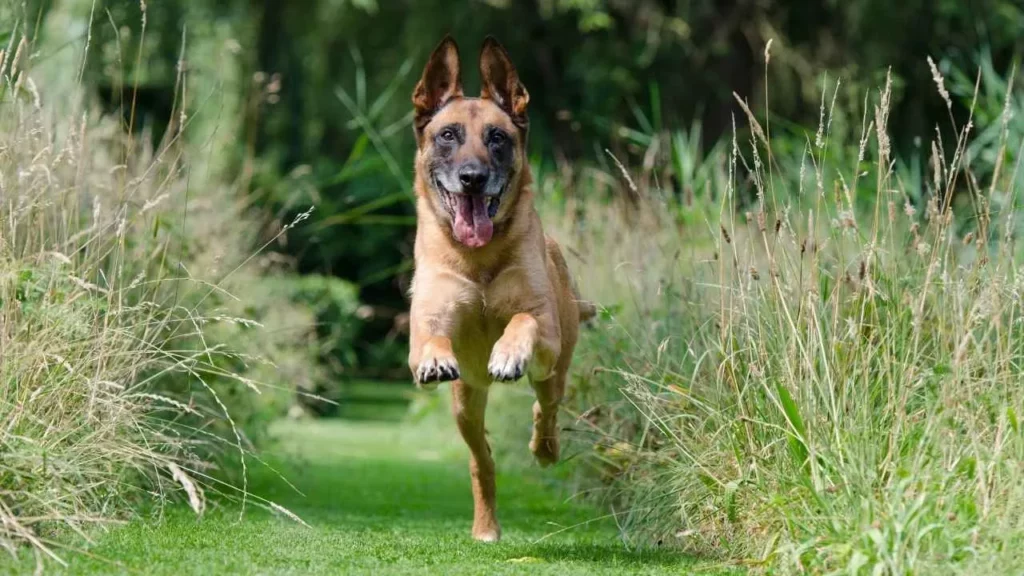
The Alaskan Malamute is smart but independent, often choosing whether to obey commands. Consistent, proper training and early socialization are vital to manage their strong will and prevent dominant behavior. While generally friendly, they aren’t natural guard dogs. Some habits, like digging, may persist, but with firm, respectful guidance, their loyalty and intelligence can shine.
Health and Wellness Care
Belgian Malinois:
Lifespan: Typically 10–14 years with generally good health when responsibly bred.
Hip & Elbow Dysplasia – Genetic joint conditions that can cause pain and arthritis.
Cataracts – Clouding of the eye lens leading to progressive blindness.
Progressive Retinal Atrophy (PRA) – An inherited disease causing gradual vision loss and eventual blindness.
When selecting a breeder, choose those who screen the parent dogs for genetic eye and joint conditions to ensure healthier puppies. Early veterinary screenings and regular wellness check-ups are highly recommended to catch any potential health issues promptly, states PetMD.
Alaskan Malamute:
Lifespan – Averages 10–14 years with proper care and regular monitoring.
Hip & Elbow Dysplasia: Common in large breeds; affects mobility and causes discomfort.

Cataracts: Age-related or caused by other conditions; may lead to blindness.
Hypothyroidism: Low thyroid hormone levels cause weight gain, skin issues, and lethargy.
Chondrodysplasia: Genetic bone deformity resulting in dwarfism.
Polyneuropathy: A neurological disorder affecting mobility, muscle tone, and voice.
As suggested by PetMD, choose AMCA-recognized breeders who conduct thorough health screenings to ensure the well-being of your Malamute. Maintain regular vet visits and watch for early signs of genetic conditions to address health issues promptly. Additionally, consider pet insurance to support comprehensive long-term care.
Breeding and Lineage
The Belgian Malinois is one of four closely related Belgian shepherd breeds, originally distinguished by coat type and color. While the Malinois features a short sable coat, its relatives include the long-haired sable Belgian Tervuren, the long-haired black Belgian Sheepdog (Groenendael), and the rough-coated yellowish-brown Belgian Laekenois.
All four types were originally developed as herders and guardians and are recognized collectively by the Fédération Cynologique Internationale as varieties of the Belgian Shepherd. The Belgian Malinois was introduced to the U.S. in 1911 and officially recognized by the American Kennel Club in 1959. Responsible breeding is typically limited to once a year to maintain the health and quality of the lineage.
The Alaskan Malamute is one of the oldest Arctic sled dog breeds, tracing back to the Mahlemiut, an Inuit tribe in northwestern Alaska. Bred for endurance rather than speed, Malamutes were designed to haul heavy freight over long distances in harsh climates, working in teams rather than racing solo.
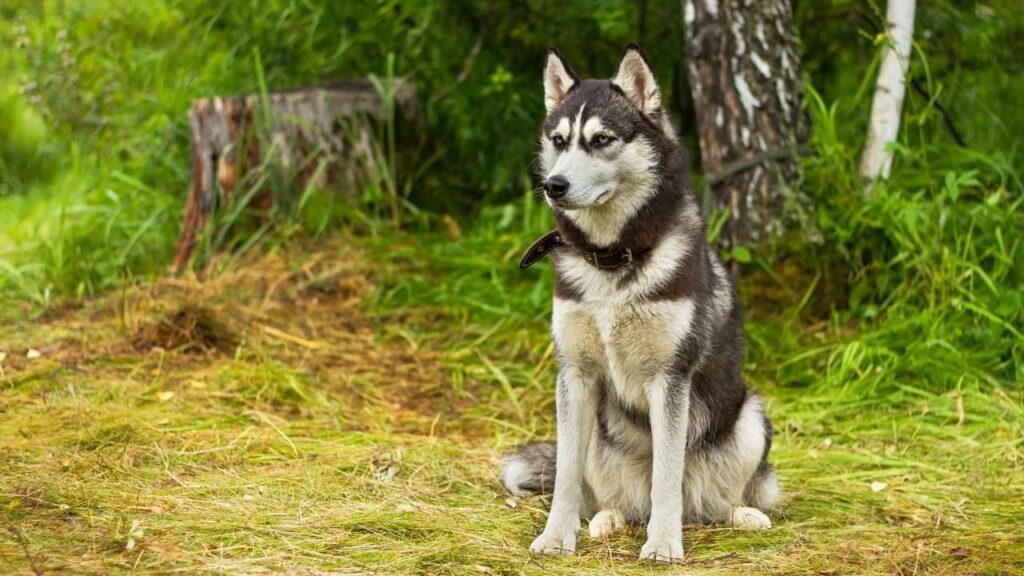
Unlike the lighter, faster Siberian Huskies, Malamutes are known for their power and stamina. This ancient lineage emphasizes their deep-rooted working heritage, and ethical breeding practices generally limit reproduction to once a year to preserve the breed’s strength and resilience.
Conclusion
While both the Belgian Malinois and Alaskan Malamute are strong, intelligent breeds, they differ greatly in temperament, purpose, and training needs. The Malinois is built for precision, protection, and obedience, often excelling in working roles. In contrast, the Malamute, with its sled-dog history, thrives on strength and endurance but prefers independent decision-making.
People often love both breeds for their loyalty and drive, but owning one requires commitment and understanding of their unique needs. If you’ve wanted a dog that’s easier to train and focused on work, the Malinois may suit you better. For those who prefer a slightly more relaxed, sociable companion—yet still powerful—the Malamute is a strong example.
Be sure to learn about their differences and assess your lifestyle before choosing. Both breeds need proper diet, exercise, and mental stimulation to avoid issues like obesity or destructive behavior. If you’re still asking the question of which is right for you, think about your goals, experience, and the kind of bond you hope to build.


